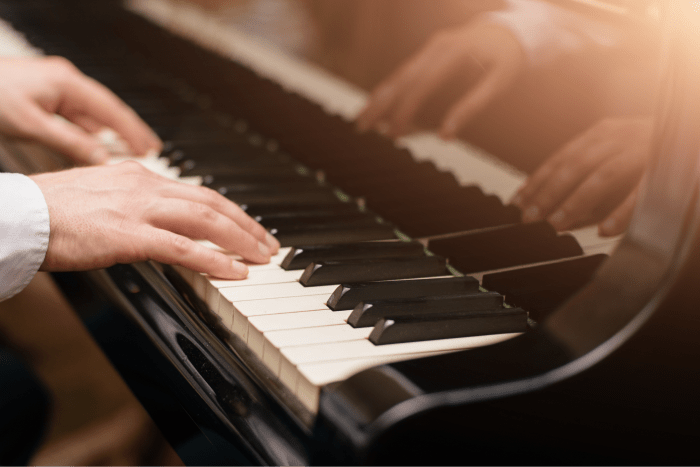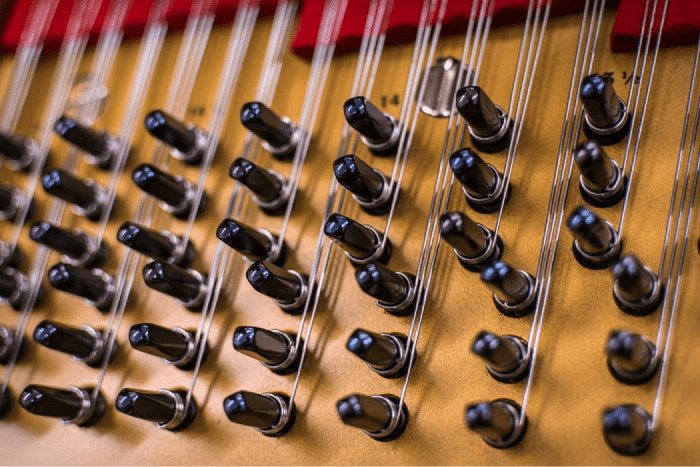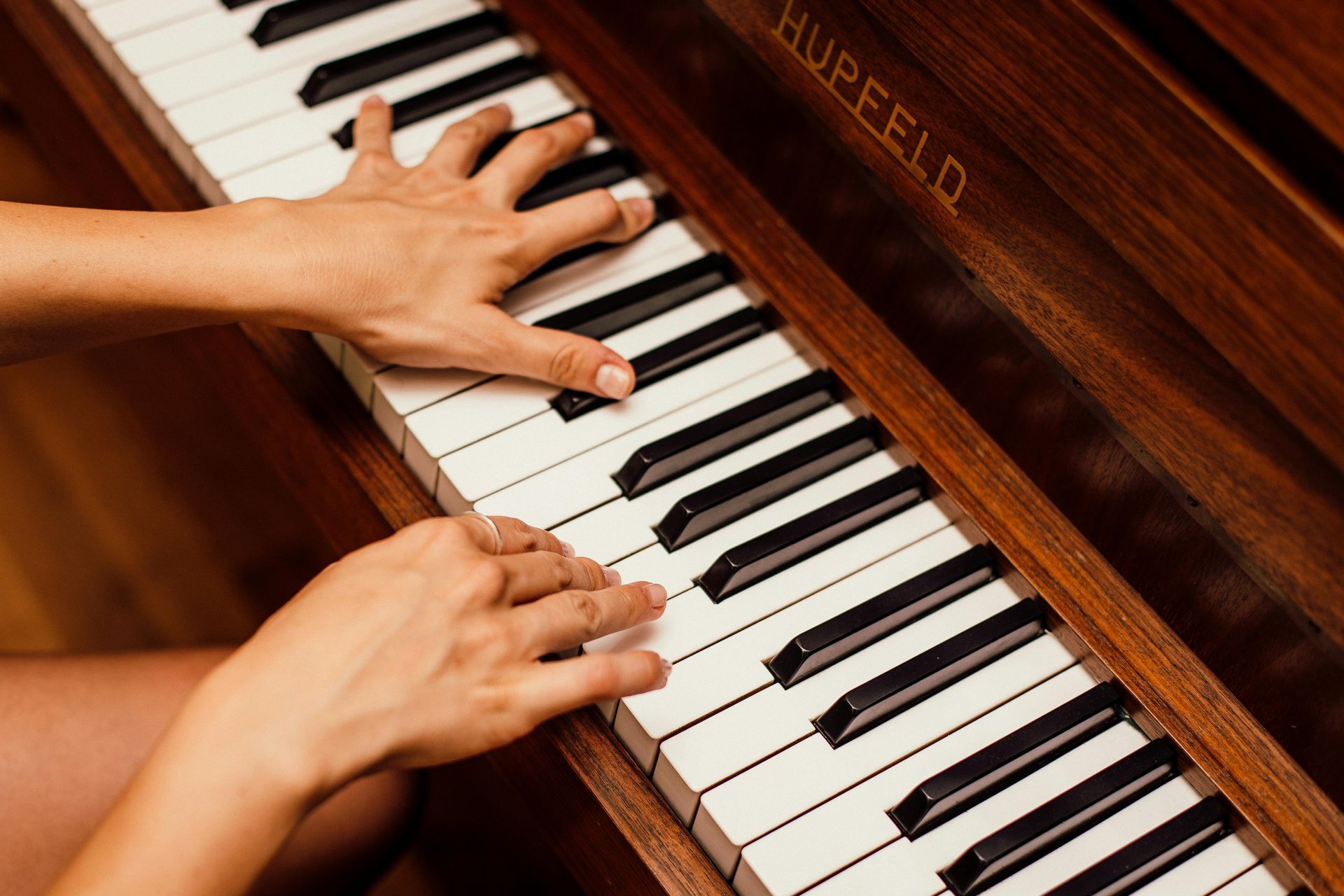The Piano Tuning Process Explained
The Piano Tuning Process Explained
Table of Contents:
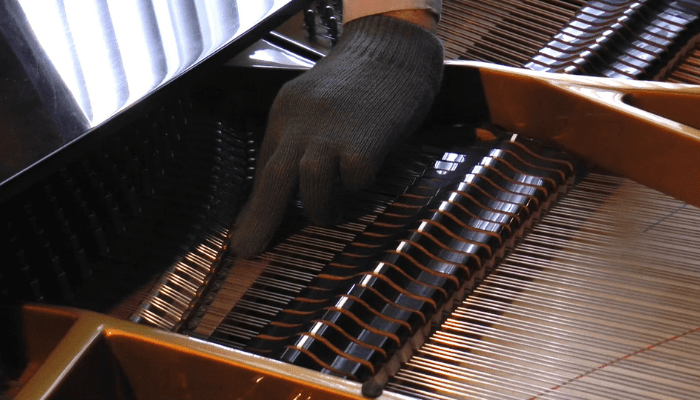
Pianos are intricate and delicate instruments that
require regular tuning
to maintain their sound quality and performance.
Whether you own a grand piano or an upright piano, understanding the piano tuning process can help you appreciate the expertise required to achieve a well-tuned piano.
Piano tuning
is the process of adjusting the tension of the piano strings to produce the correct pitch for each note.
This involves aligning the vibrations of the strings with a reference pitch, such as A440 (concert pitch), to create harmonious sound waves.
A well-tuned piano ensures optimal sound quality and allows players to enjoy their musical instrument at its best.
Tools Used in the Piano Tuning Process
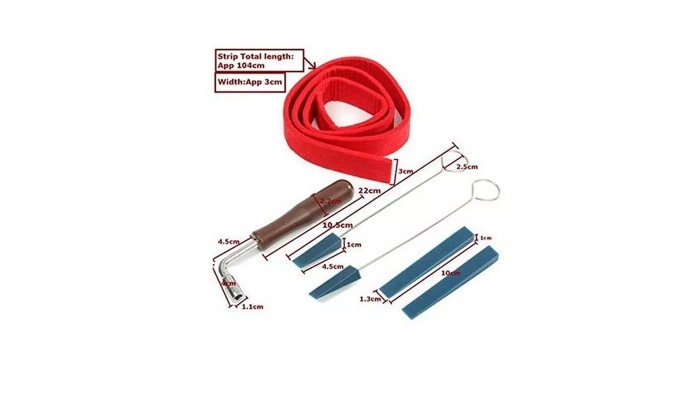
The Most Important Tools
Professional piano technicians use specialised tools, such as tuning hammers, rubber mutes, Papps mutes, and temperament strips.
These tools help adjust the tension of the strings by manipulating the tuning pins in the pinblock.
Electronic Devices
Modern tuning devices, such as electronic chromatic tuners and tuning apps like Cyber Tuner, assist in setting the correct pitch.
These devices complement traditional tools like the tuning fork, ensuring accuracy and efficiency during the tuning process.
Proper Tools for Fine-Tuning
To achieve a good tuning, professional piano tuners rely on the right tools, including tuning hammers and wedge mutes, to isolate specific strings and fine-tune each note with precision.
The Piano Tuning Process Explained

1. Preparing the Piano
The process begins with inspecting the piano to assess its condition. The tuner opens the cabinet doors, cleans the piano with a dust cloth, and ensures the components of the piano are free of debris.
2. Setting the Reference Pitch
Using a tuning fork or electronic tuner, the tuner establishes a reference pitch, typically A440, which serves as the standard pitch for tuning the entire piano.
This step ensures consistency across the whole piano.
3. Tuning the Middle Octave
The tuner begins with the middle octave, adjusting the middle string of a unison note.
Rubber wedges are used to mute the left and right strings, isolating the middle string for precise tuning.
This process aligns the pitch of the note with the reference pitch.
4. Tuning Each Section of the Piano
Once the middle octave is tuned, the tuner moves to the bass section and high treble.
Adjustments are made to the tension of the strings using a tuning hammer, ensuring each note aligns with the harmonic series.
5. Adjusting and Testing the Tuning
Test blows are used to verify the tension of the string and ensure tuning stability. Fine-tuning is applied to eliminate false beats and achieve the best results for each note.
Challenges in the Piano Tuning Process
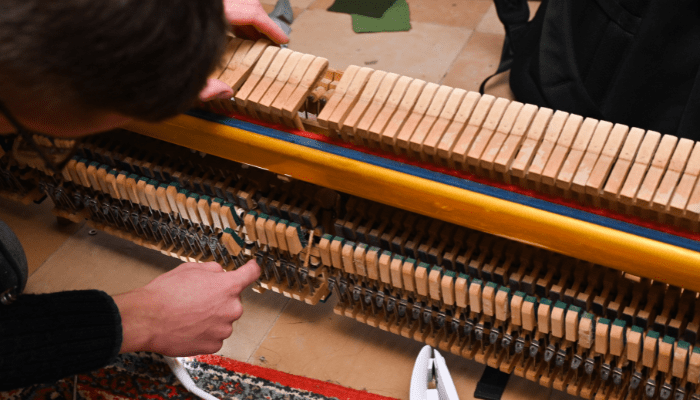
Older pianos may have worn tuning pins or weakened string tension, requiring additional care during the tuning process.
Pianos that haven’t been tuned for an extended period may need a pitch raise. This involves adjusting the tension of the strings to bring the piano close to standard pitch before fine-tuning.
Also, dealing with false beats, caused by irregular vibrations in the strings, can complicate the tuning process. Professional tuners use their expertise to eliminate these inconsistencies.
Why Hire a Professional Piano Technician?
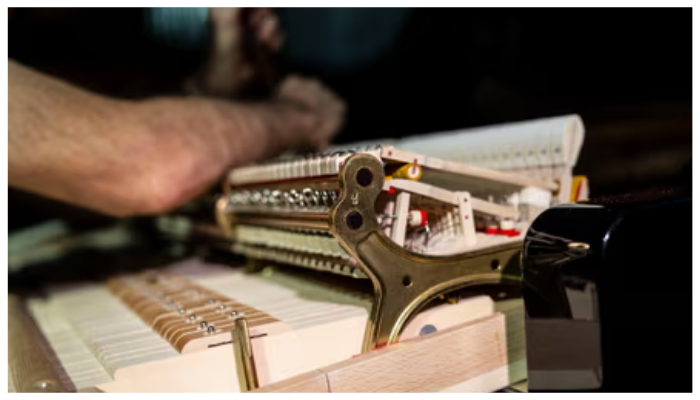
Expertise and Experience
Professional tuners, like
Neil Gracie, have the training and experience to handle the complexities of piano tuning.
Their knowledge ensures your piano sounds its best, whether it’s a grand piano or an acoustic piano.
Using specialised piano tuning tools and techniques, professional technicians can achieve accurate and stable tuning results.
A professional tuner enhances the piano’s sound quality, ensuring a harmonious and enjoyable playing experience.
The piano tuning process is a meticulous and essential part of maintaining your instrument’s performance and longevity.
By understanding the steps involved and the
importance of professional tuning, piano owners can appreciate the care required to keep their musical instrument in top condition.
At Neil Gracie Piano Tuning, we’re committed to providing expert tuning services to ensure your piano produces the best sound possible.
Contact us
today to book a professional tuning or to learn more about our services in
Riverina, NSW.
Frequently Asked Questions
What Is Tuning, and Why Is It Important for My Piano?
Tuning is the process of adjusting the tension of the piano strings to produce the correct pitches for each note. It ensures your piano sounds harmonious by aligning the fundamental frequency of each string with the reference note, typically A440. Regular tuning is essential for maintaining your own piano and addressing its specific piano needs.
How Does a Piano Tuner Adjust Different Pitches?
A professional tuner uses a piano tuning lever to adjust the piano pins, changing the tension of each string. By isolating a single string or tuning unisons of multiple strings, they ensure all musical intervals sound accurate and the piano delivers a good result across different pitches.
What Is Equal Temperament, and Why Is It Used?
Equal temperament is a tuning system where the frequency of vibration between each note is equally spaced, creating harmonious musical intervals. It’s the standard used in modern piano tuning to ensure the piano sounds consistent across all keys, from the lowest note to the highest notes.
How Do Electronic Tuning Devices Assist in the Tuning Process?
Electronic tuning devices, such as software programs and electronic chromatic tuners, measure beat frequency and help the tuner achieve precise adjustments. While these tools complement traditional methods, the human ear is still crucial for detecting subtle differences in sound, such as false beats or incorrect unison string vibrations.
What Happens If the Wrong Pin or String Is Adjusted?
Adjusting the wrong pin or wrong string can cause tuning instability and damage to the piano. Professional tuners avoid this by following a systematic process of tuning, ensuring each first string, second string, and left string is adjusted correctly to avoid potential issues.
How Do Newer Pianos Differ in Their Tuning Needs?
Newer pianos may require more frequent tuning during their initial years as the strings and piano pins settle. These pianos benefit from stretched tuning, which slightly sharpens higher notes to compensate for the natural Railsback curve, ensuring better tuning stability and a well-balanced sound.
